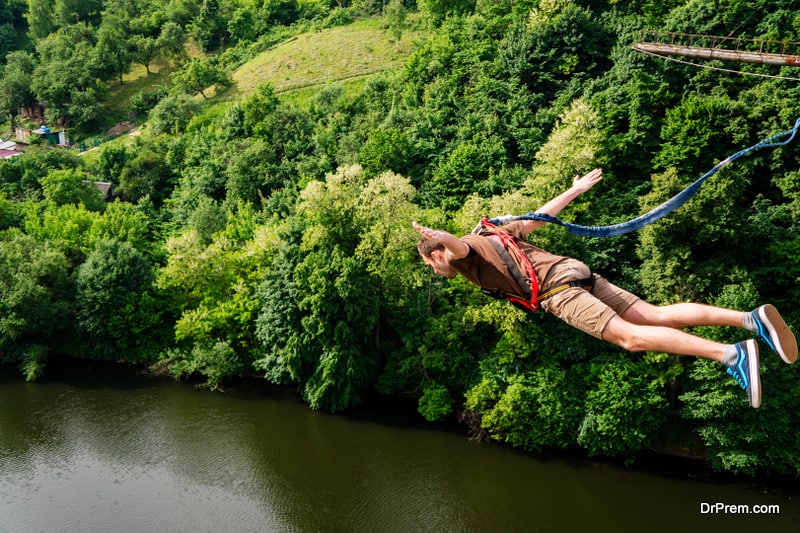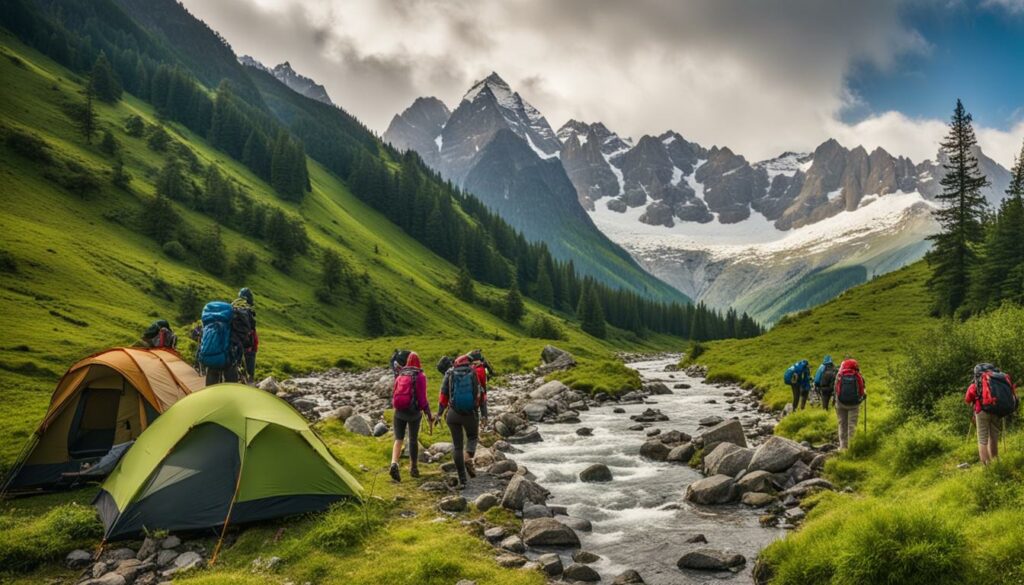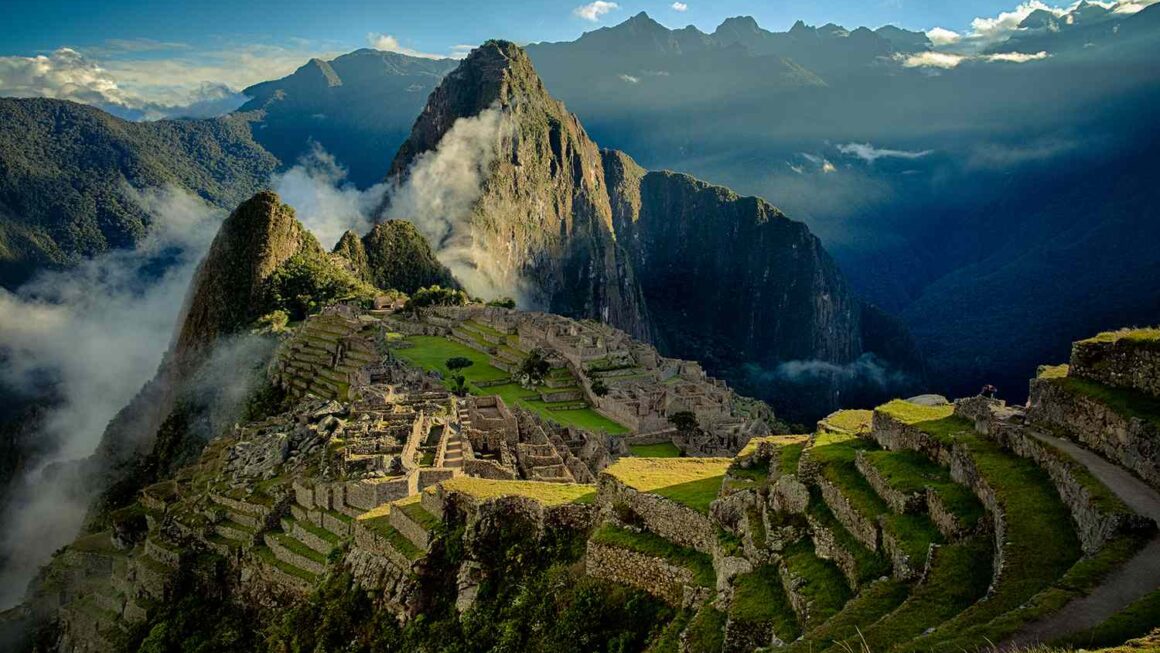Extreme adventure travel offers an exhilarating escape from the ordinary, presenting unique challenges and the opportunity to push your physical, mental, and emotional limits. Whether it’s scaling a mountain, trekking through a jungle, or participating in a high-stakes expedition, preparing for extreme adventure travel is essential to ensure your safety, maximize enjoyment, and make the most of the experience.
To ensure you’re ready for the demands of extreme adventure travel, careful planning and preparation are key. Here’s a comprehensive guide on how to prepare for an extreme adventure travel experience.
1. Understand the Nature of the Adventure
The first step in preparing for an extreme adventure is understanding the nature of the activity you will be undertaking. Different types of extreme adventures have different requirements, challenges, and risks. Whether you’re going mountaineering, white-water rafting, or running a marathon in a remote desert, each adventure will require specific preparation.
Why It’s Important:
- Knowing What to Expect: Understanding the specific challenges of your adventure will help you mentally prepare for what lies ahead. For example, trekking through high altitudes will be much different from rock climbing or scuba diving. Researching your destination, the activity, and what’s required will give you a clearer understanding of the risks and rewards.
- Choosing the Right Equipment: Each adventure has unique gear requirements. From proper clothing and footwear to safety gear like harnesses or helmets, knowing the equipment needed for your activity will ensure you’re fully prepared and protected.
- Physical Demands: The physical requirements for different activities can vary. Some may require endurance and stamina, while others might demand strength and agility. Understanding these demands early on will help you focus your training accordingly.
2. Physical Fitness and Training
Extreme adventures can be physically demanding, so it’s crucial to prepare your body for the activity. Depending on the nature of the adventure, certain fitness goals and training techniques will be required to ensure you can handle the physical demands and enjoy the experience.
How to Prepare Physically:
- Cardiovascular Conditioning: Many extreme adventures require stamina and endurance. Activities such as hiking, climbing, and running in extreme conditions demand strong cardiovascular fitness. Incorporate activities like running, cycling, or swimming into your fitness routine to build up your cardiovascular capacity.
- Strength and Flexibility Training: Activities like rock climbing, white-water rafting, and mountaineering demand strength and flexibility. Focus on building core strength, upper body strength, and flexibility. Consider strength training, resistance exercises, and yoga or stretching routines to improve your flexibility.
- Altitude Training (if applicable): If your adventure involves high altitudes, such as mountain climbing or trekking, it’s crucial to prepare for the reduced oxygen levels. Altitude training or gradually acclimating to higher altitudes can help your body adjust to the challenging conditions.
- Simulate Conditions: If possible, simulate the conditions of your adventure. If you’re preparing for a multi-day hike or trek, go on shorter hikes with a loaded backpack. Practice carrying the weight you will be using during your adventure to help prepare your muscles for the strain.
Training for an extreme adventure should be tailored to the specific demands of the experience, so make sure to adjust your fitness program to match the activity.
3. Learn the Necessary Skills
Some extreme adventure activities require specialized skills that must be learned and practiced before embarking on your journey. Whether it’s learning to rock climb, scuba diving, or operating a kayak, it’s essential to gain competence in the necessary skills before you venture into challenging conditions.
Skills to Learn:
- Climbing and Mountaineering: For climbing or mountaineering trips, consider taking a climbing course to learn the fundamentals of rope work, belaying, and navigating difficult terrain.
- Water Safety and Skills: If you’re going white-water rafting, kayaking, or paddleboarding, it’s important to learn water safety techniques, including how to maneuver a kayak, basic paddling techniques, and self-rescue procedures.
- Survival Skills: Depending on the type of adventure, basic survival skills such as building a shelter, finding food, or navigating through the wilderness may come in handy. Consider taking a survival course to learn these essential skills.
- First Aid and CPR: Knowing basic first aid and CPR is critical in any extreme adventure. Accidents can happen, and being prepared to deal with emergencies, treat injuries, or perform life-saving techniques will give you confidence during your travels.
Before embarking on your adventure, spend time gaining practical experience in the required skills through classes, guided courses, and real-world practice.
4. Mental Preparation and Mindset
Extreme adventures are as much a mental challenge as they are a physical one. Mental fortitude plays a significant role in how you handle obstacles, stress, and unexpected situations. Preparing your mind for the challenges you’ll face is essential for success.
How to Prepare Mentally:
- Set Clear Goals and Expectations: Before your adventure, take some time to define why you’re doing it and what you hope to achieve. This could be personal growth, conquering a fear, or simply experiencing the thrill of the unknown. Having clear goals will help you stay focused and motivated when faced with difficulties.
- Visualize Success: Mental visualization techniques can be a powerful tool for preparing for extreme activities. Take time to visualize yourself succeeding—whether it’s summiting a mountain, crossing a dangerous river, or completing a long hike. Visualizing success will help reduce anxiety and boost confidence.
- Embrace the Challenge: Extreme adventure travel often involves moments of discomfort, fear, or uncertainty. Embrace these feelings as part of the journey and use them to fuel your resilience. A positive, can-do attitude can help you stay calm and problem-solve when things don’t go as planned.
- Practice Mindfulness: Extreme adventures often involve moments of stress or discomfort. Practicing mindfulness techniques, such as deep breathing or focusing on the present moment, can help you manage anxiety, stay grounded, and make clear decisions during the adventure.
5. Research Your Destination and Environment
It’s essential to research the destination and environment where your adventure will take place. Whether you’re traveling to a remote location or a popular adventure hotspot, understanding the terrain, weather conditions, and potential risks is vital to your preparation.
Key Areas to Research:
- Weather Conditions: Extreme weather conditions—such as extreme heat, cold, or thunderstorms—can drastically affect your adventure. Check the seasonal weather patterns for your destination and pack appropriate clothing and gear for the conditions.
- Wildlife and Natural Hazards: Some extreme adventure destinations, such as jungles, mountains, or deserts, may be home to dangerous wildlife or other natural hazards. Be aware of potential risks, such as venomous creatures or unstable terrain, and learn how to mitigate those risks.
- Local Regulations and Safety: Research the safety regulations for your destination. For instance, national parks or remote regions may have specific rules and guidelines to ensure the safety of visitors. Familiarizing yourself with these rules ensures that you travel responsibly and reduce risks.
Prepare for Emergencies:
- Emergency Contacts: Make sure you have access to emergency contacts, such as local guides, emergency services, or a satellite phone, depending on the location. In some remote areas, cell phone service may be unavailable.
- Travel Insurance: Extreme adventures carry an inherent risk, so it’s wise to have comprehensive travel insurance that covers adventure activities, such as emergency evacuations or medical expenses.
6. Pack the Right Gear
Packing the appropriate gear is one of the most important aspects of preparing for an extreme adventure. The right gear will ensure your safety, comfort, and efficiency while navigating through challenging conditions.
Gear to Consider:
- Clothing and Footwear: Layered clothing is essential for handling varying weather conditions. Ensure you have moisture-wicking clothes, insulated layers, and durable, comfortable footwear suited to the terrain.
- Safety Gear: Depending on your activity, you may need helmets, harnesses, life vests, or protective gloves. Check with your tour operator or guide to determine what gear is necessary.
- Navigation and Communication Tools: A compass, maps, GPS, or even a satellite phone may be essential for navigating in remote areas. If you’re heading into wilderness areas, don’t rely solely on technology; know how to navigate without a GPS if necessary.
- Food and Water: In extreme adventure situations, it’s crucial to have adequate food and water supplies. Plan for meals that are lightweight, easy to prepare, and nutrient-dense. Hydration systems like a camelback or water purification tablets can ensure you stay hydrated in remote areas.
7. Prepare for Recovery and Rest
Extreme adventures can take a toll on your body and mind. Proper recovery is essential to making the most of your experience and avoiding burnout.
How to Prepare for Recovery:
- Sleep and Rest: Ensure you’re getting enough sleep in the days leading up to your trip. Fatigue can hinder your performance and increase the risk of injury, so prioritize rest.
- Stretching and Recovery Post-Adventure: After completing a physically demanding activity, incorporate stretching and relaxation techniques into your routine to help your muscles recover.
- Nutrition and Hydration: Proper hydration and nutrition are crucial for maintaining energy levels during your adventure. Bring snacks that offer a quick energy boost, and stay hydrated throughout the day.
8. Conclusion: Embark on Your Extreme Adventure with Confidence
Preparing for an extreme adventure travel experience is a multi-faceted process that involves physical conditioning, skill-building, mental preparation, and proper gear selection. With the right training and mindset, you can not only survive but thrive in extreme environments. By researching your destination, building physical strength, and practicing the necessary skills, you’ll be well-equipped to take on the challenges of your adventure with confidence.
Adventure is about more than just reaching your destination—it’s about the personal growth, new experiences, and memories you create along the way. By preparing thoroughly, you ensure that you’re not just ready for the adventure, but also able to fully embrace it.




